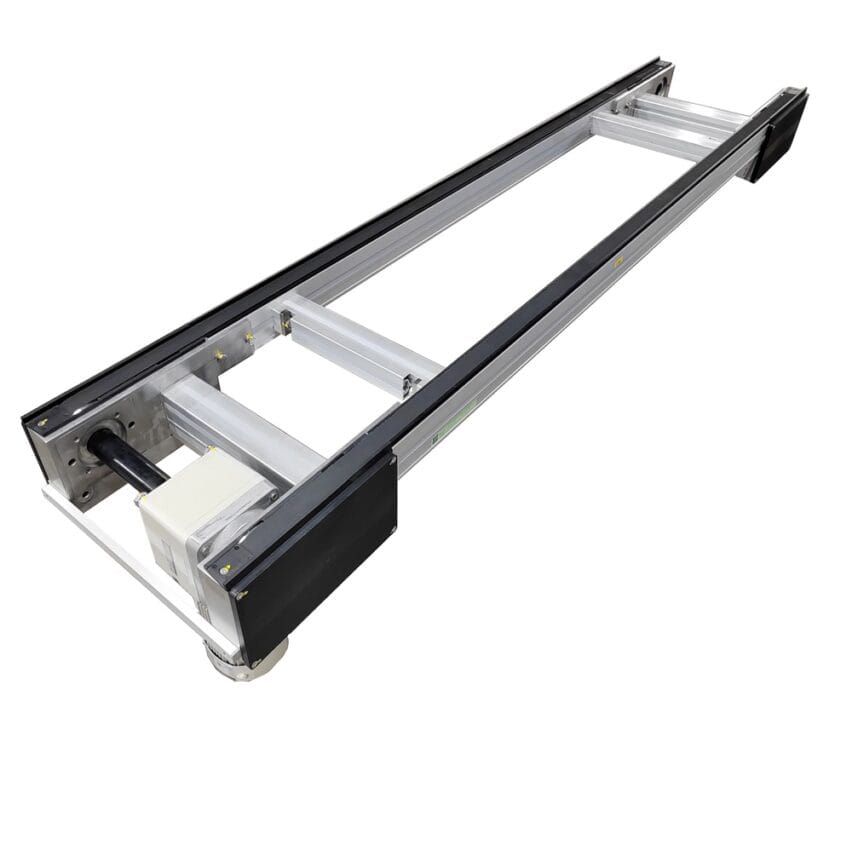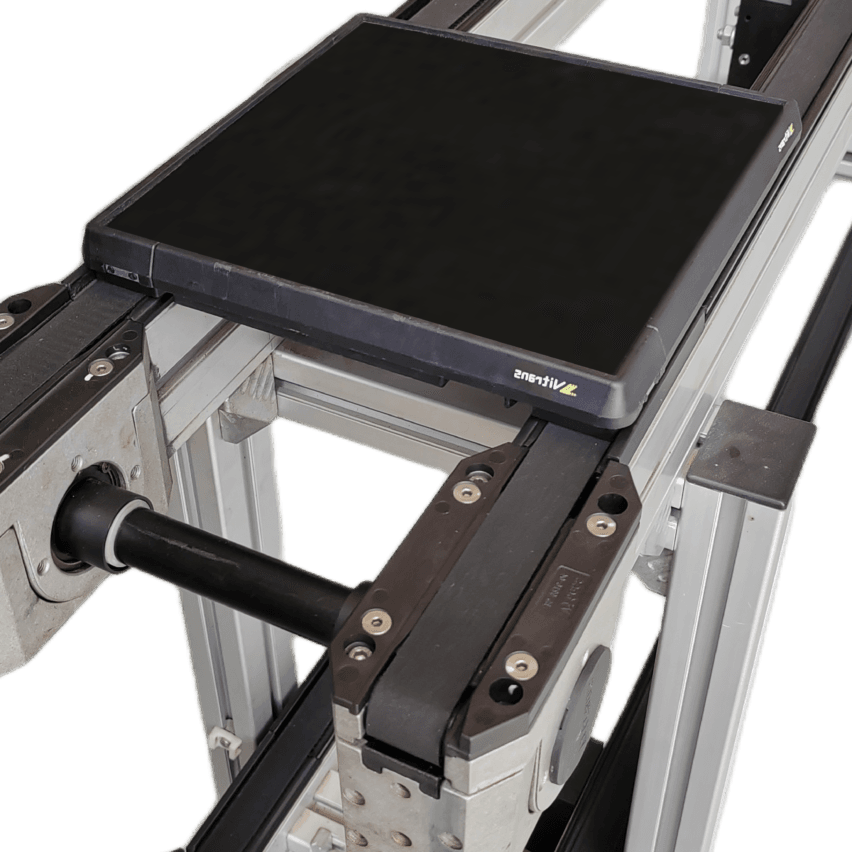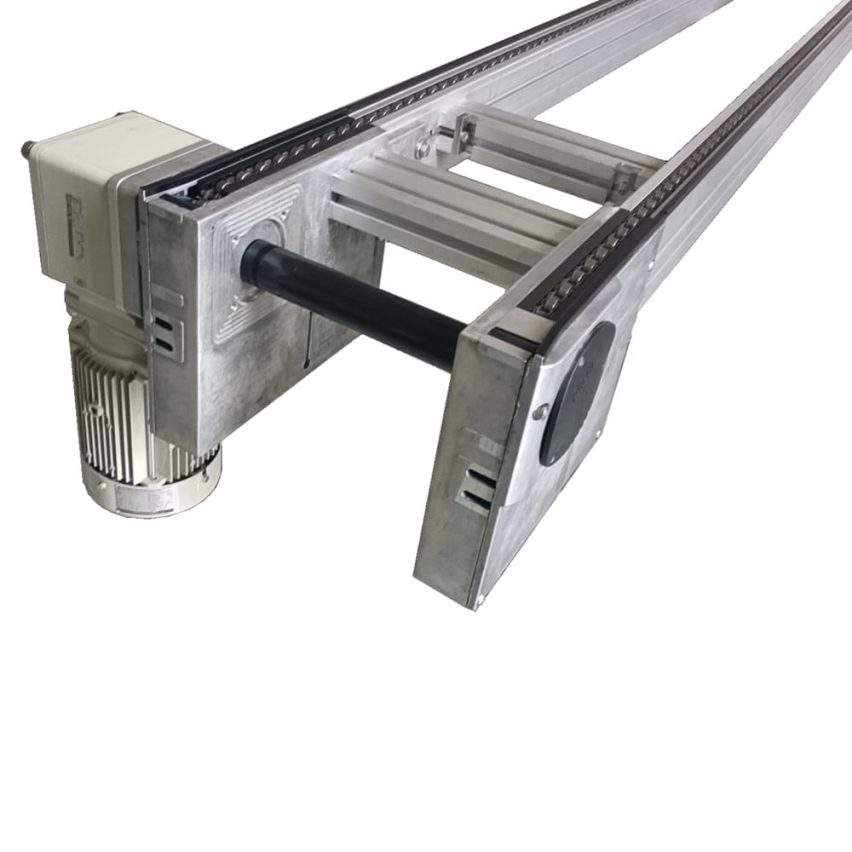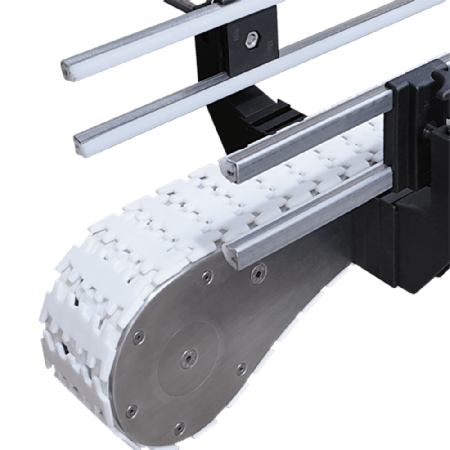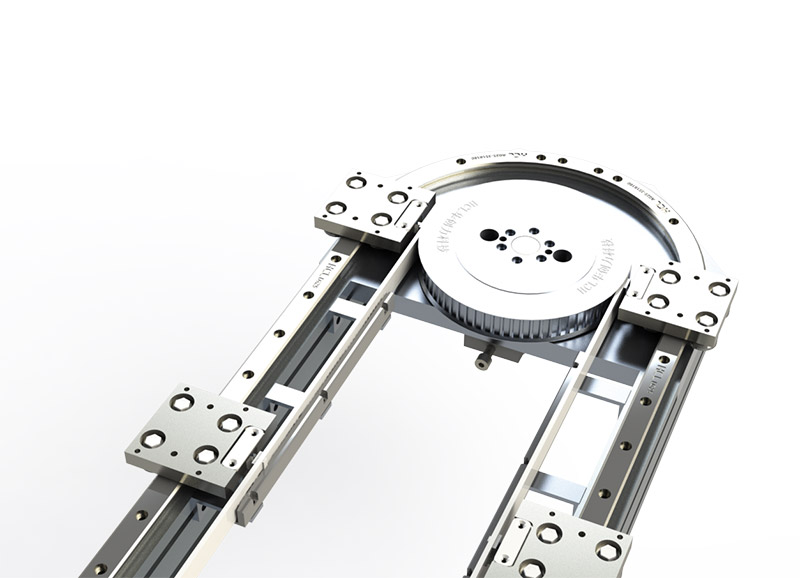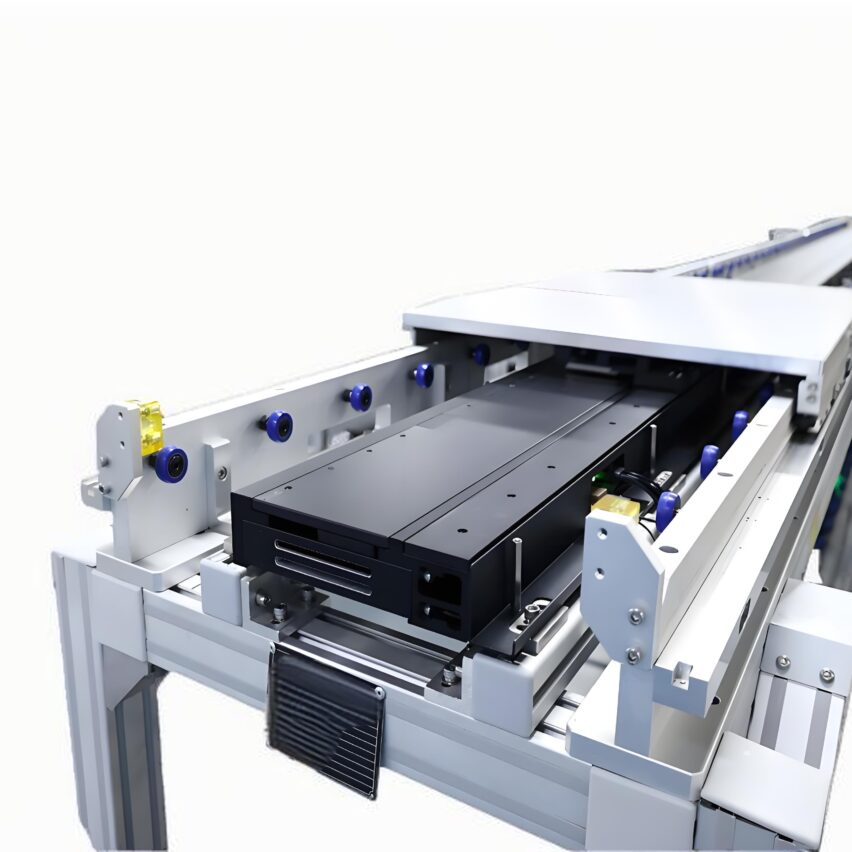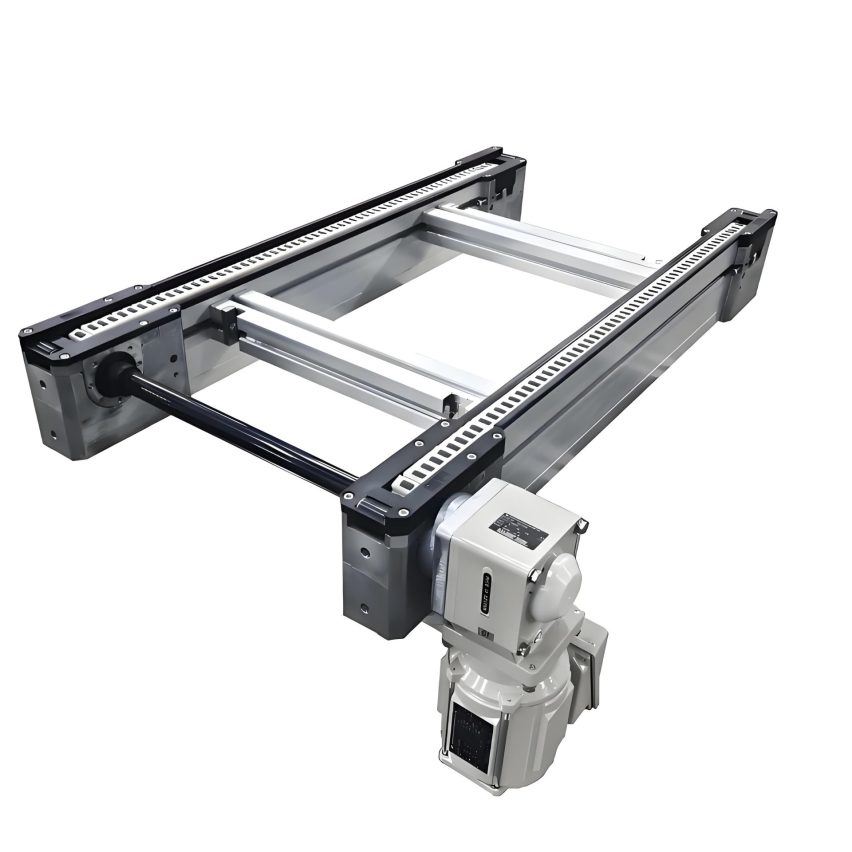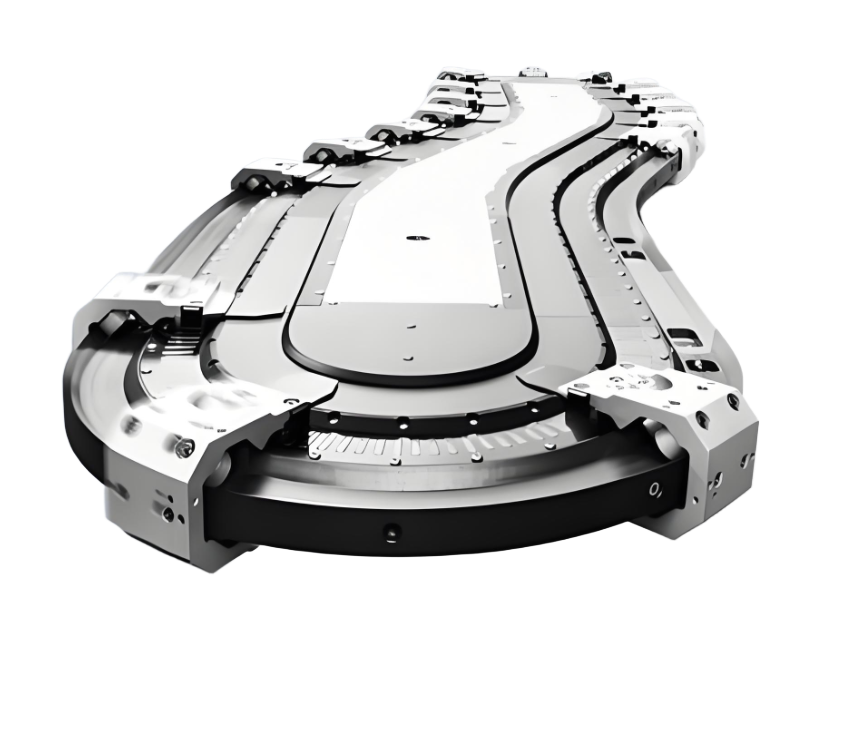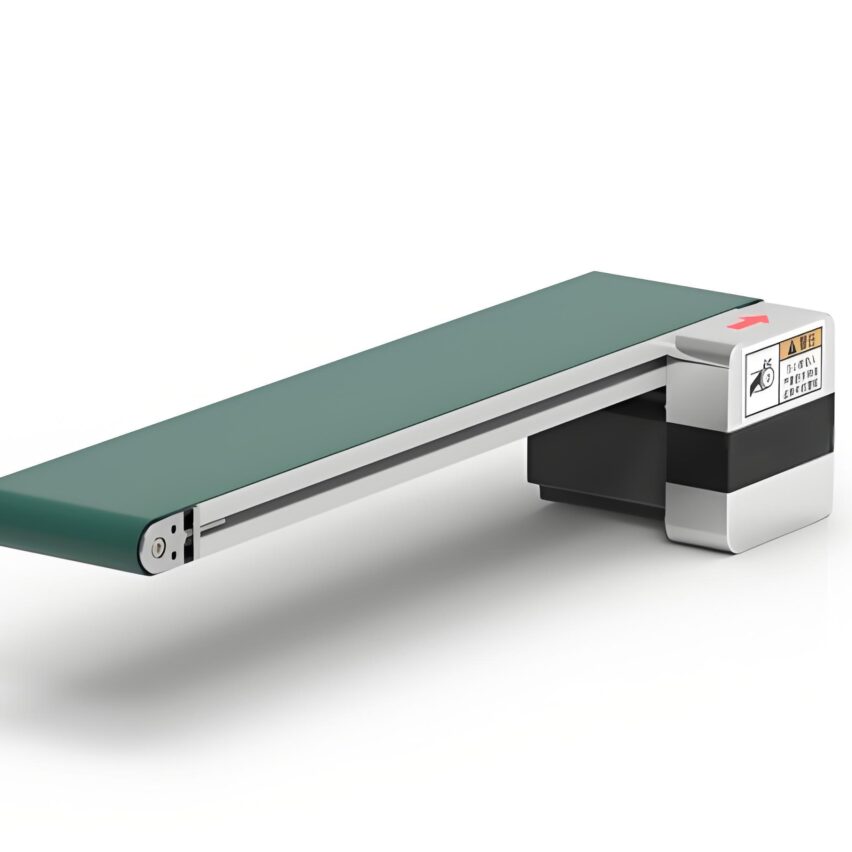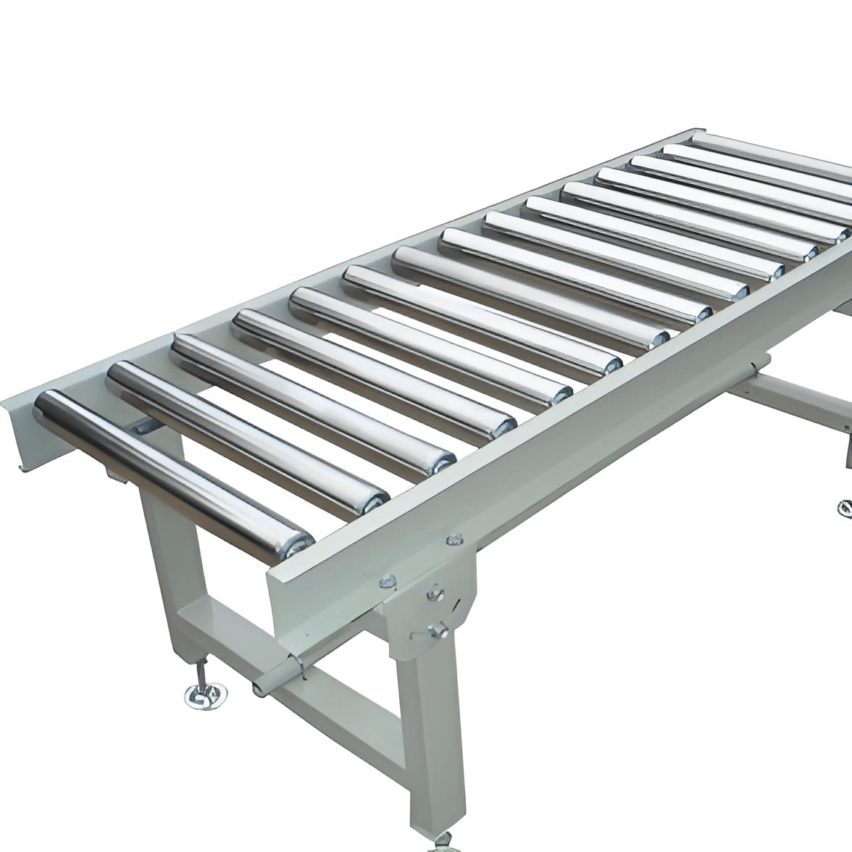First, the basic analysis: PVC belt line is what? Why become industrial mainstream?
1. Core strengths - the underlying logic of saving effort and money
- Durable & Low Maintenance: PVC material has excellent abrasion and corrosion resistance characteristics, especially suitable for food, chemical and other wet or corrosive environments. The traditional design has simple structure, low failure rate, and the maintenance cost is more than 30% lower than metal conveyor belt.
- cost-friendly: The raw material price is lower than rubber, PU and other materials, and the processing technology is mature. Thin PVC belts (0.8-3mm) cost 40% less than thick belts, suitable for small and medium-sized enterprises with limited budget.
- safety and health: The food-grade certified white PVC belts are non-polluting, easy to clean and meet the hygiene standards of the food and pharmaceutical industries.
2. Key shortcomings - what scenarios might be "unhelpful"?
- Energy efficiency issues: Traditional PVC belt line motors are heavily loaded and consume 15%-20% more energy than the new energy-saving system when running at high loads.
- low-temperature brittleness: In -10 ℃ below the environment is easy to harden and crack, the northeast cold areas need additional heating or choose cold-resistant formulations (cost increase of 25%).
- Intelligent bottlenecks: Infrastructure models lack IoT integration capabilities, making it difficult to achieve real-time monitoring or predictive maintenance.
Second, scene application: how to choose? Where can I use the best value for money?
1. Choosing the right material and thickness - the load determines the programme
- Lightweight scenarios choose thin belts(≤3mm): Express sorting, electronic component assembly and other light load (≤200kg), short distance (<10m) scenarios, with a thin belt can save the initial investment of 30%, and flexible bending.
- Thick belts for heavy-duty scenarios(≥5mm): When conveying gravel and metal parts in mining and building materials industry, thick belt is strong in impact resistance, and its life span is 2 times longer than that of thin belt, and the comprehensive cost is lower though the unit price is high.
2. The key point of industry matching - avoiding pitfalls accurately by demand
| sector | Recommended Features | Guide to avoiding the pit |
|---|---|---|
| food processing | White food grade PVC, easy to clean design | Avoid normal black belts, which tend to leave stains. |
| logistics warehousing | Anti-slip texture + frequency control | Slope > 15 ° need to add stopper to prevent falling |
| electronics manufacturing | Antistatic coating (surface resistance ≤ 10⁶Ω) | Ordinary belt static may damage precision circuits |
| Chemical/Mining | Acid and alkali resistant reinforced type (e.g. PVK material) | Ordinary PVC is prone to ageing and cracking when exposed to strong acids. |
3. Maintenance tips - longer life equals money saved
- Three Tips for Preventing Runaway: Regular adjustment of the tensioning device, cleaning of roller residues (e.g. label crumbs), 5° forward movement of the rollers on the runout side.
- Cleaning Taboos: Disable strong acid/solvent scrubbing, use neutral cleaner + soft cloth to extend the life 20%.
- Winter Maintenance: Belt tension needs to be released after shutdown in cold environments to prevent freezing and cracking.
III. Pit avoidance programmes: what happens if shortcomings are ignored? How to upgrade?
1. The case of cost - saving a little money can cost a lot of money
- The high energy consumption trap: A food factory that did not upgrade its variable frequency motors consumed $120,000 more per year than the energy efficiency programme.
- cryogenic rupture: Northeast warehouse with ordinary PVC line, -15 ℃ when the belt is brittle broken downtime for 3 days, the loss of more than 500,000 yuan.
2. Comparison of alternatives - when should PVC be abandoned?
| demand (economics) | PVC belt line | better alternative | Recommended Scenarios |
|---|---|---|---|
| Overloading (>1 tonne) | Slip easily and wear quickly | Steel drum line | Automotive parts assembly |
| High temperature environment (>80°C) | Easily deformed to release hydrogen chloride | High temperature resistant silicone tape | Metallurgical industry |
| Smart Factory Integration | Additional sensors required | Original BioNetwork PU Conveyor Belt | Automated Sorting Centre |
3. Low-cost upgrade tips - old devices can also be "smart and power-saving"
- Energy efficiency retrofit: Add inverter to regulate motor speed, speed down 30% when load is low, energy consumption straight down 40%.
- Intelligent monitoring: Paste vibration sensor + wireless transmission module (cost about 500 yuan / unit), real-time early warning of bearing failure.
- environmental trend: Gradually replace with graphene reinforced PVC (add 0.51 TP3T for strength + conductivity) or recycled material.
Decision-making mnemonicLight load and short distance choose thin belt, heavy load and long line with thick material; food and electronic safety, chemical and mining industry corrosion resistance first; frequency conversion anti-running to reduce energy consumption, low-temperature upgrading to save maintenance.

